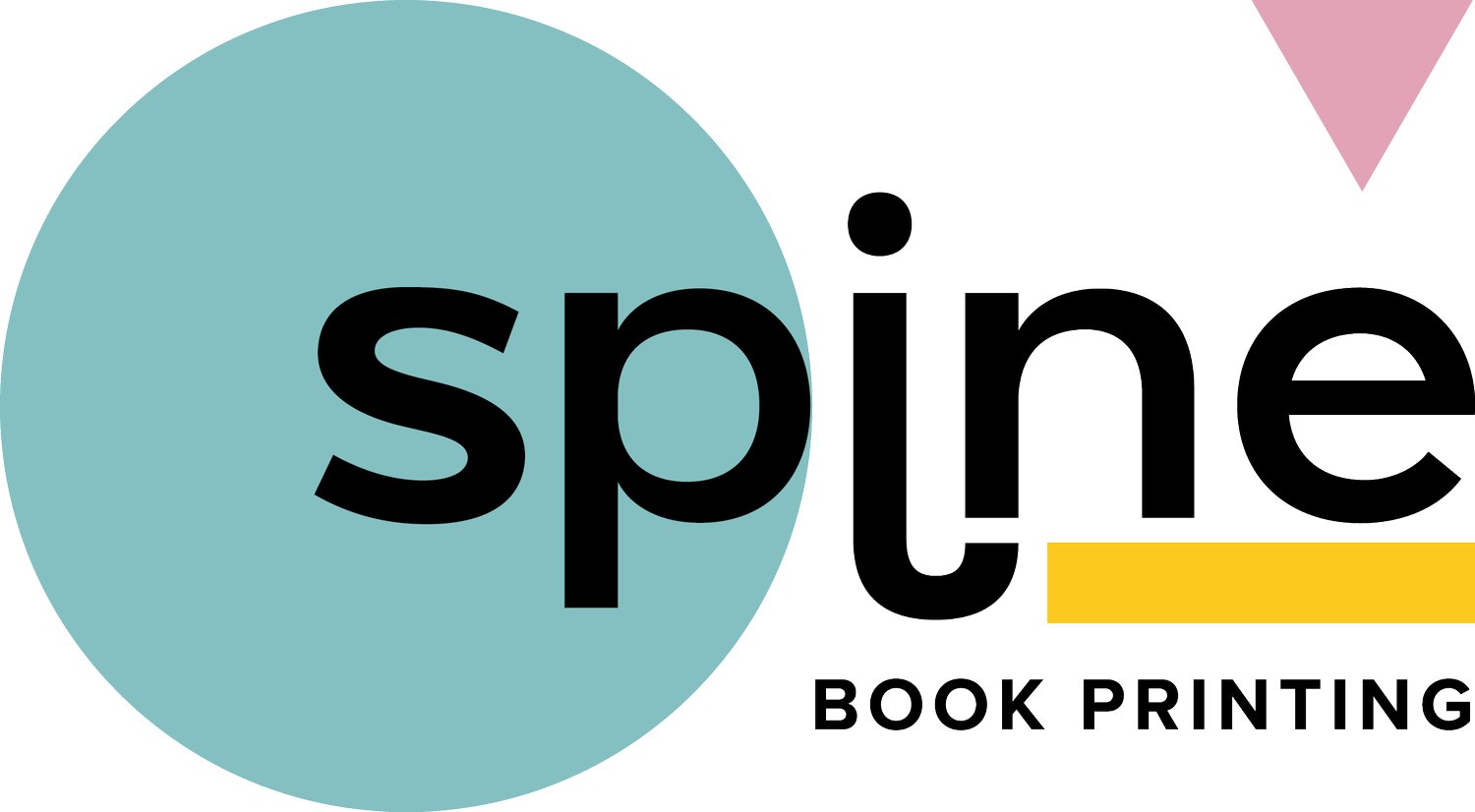A Comprehensive Guide to Self-Publishing Your Recipe Cook Book
Are you passionate about cooking and eager to share your culinary creations with the world? Self-publishing a cookbook or recipe book allows you to bring your gastronomic visions to life, reaching fellow food enthusiasts and inspiring their kitchen adventures. Embarking on this exciting journey requires careful planning, attention to detail, and a focus on crafting an engaging, visually stunning final product that will entice readers and elevate their dining experiences.
In this comprehensive guide, we outline the key steps to self-publishing your cookbook or recipe book, lending our expertise to cover vital aspects such as content organisation, layout and design, photography considerations, and essential printing choices. We'll also discuss the importance of establishing a target audience, promoting your work through strategic marketing, and creating a memorable culinary literary experience for your readers.
Content Organisation and Structure
A well-organised and structured cookbook is crucial for reader engagement and culinary success. Start by outlining your cookbook's focus and devise a logical arrangement of recipes and sections.
Theme or Cuisine: Determine your cookbook's focus, whether it be a specific cuisine, cooking technique, dietary preference, or seasonal ingredients.
Recipe Categories: Divide your recipes into clear categories such as starters, mains, desserts, or other applicable groupings, ensuring a comprehensible and easy-to-navigate cookbook.
Introductions and Tips: Including brief introductions about your culinary journey, inspirations, or helpful cooking tips can add personality and context to your recipe book.
Index and Table of Contents: Provide a comprehensive index and user-friendly table of contents to assist readers in locating recipes and information quickly and easily.
Layout and Design Considerations
The visual appeal of your cookbook plays a pivotal role in capturing your readers' attention. Investing time in thoughtful layout and design can elevate your cookbook's overall presentation and impact.
Consistency: Maintain a consistent layout throughout your cookbook, with uniform recipe formats, fonts, colour schemes, and design elements.
Formatting: Ensure recipes are formatted intuitively, with ingredients and measurements listed in a clear, organised manner, and step-by-step instructions that are easy to follow.
White Space and Legibility: Striking a balance between white space and text is vital in preventing pages from appearing cluttered or overwhelming. Choose legible fonts and sizes to optimise readability.
Page Numbers and Headings: Include page numbers and clear headings for categories and recipes, making it simple for readers to follow along and return to bookmarked pages.
Photography and Visual Elements
High-quality, enticing food photography is essential for an engaging, successful cookbook. Appealing images can evoke readers' senses and inspire them to try your recipes.
Quality Images: Invest in high-resolution, professionally-shot photographs, showcasing the delectable appearance of your dishes and capturing their colours, textures, and presentation.
Consistency and Styling: Maintain a consistent photography style and food styling throughout your cookbook to achieve a cohesive, polished look.
Captions and Credits: Include captions describing your images and credits to photographers or food stylists as necessary, ensuring proper attribution and professionalism.
Visual Balance: Find a harmonious balance between text and images on each page, using photographs to break up large sections of text and provide visual interest.
Printing Options and Specifications
Selecting the right printing options is crucial in creating a professional, high-quality cookbook that reflects your culinary vision and dedication.
Binding: Perfect binding is an ideal choice for both hardback and paperback cookbooks due to its professional appearance, sturdiness, and ability to lay flat when opened.
Paper Choice: Consider 100gsm uncoated or 150gsm silk paper for your cookbook. Uncoated paper provides a traditional, matte appearance, while silk paper offers a higher sheen and smoother texture.
Cover Lamination: Choose between matt or gloss cover lamination, depending on the desired aesthetics and durability. Matt lamination provides a luxe, velvety finish, while gloss lamination adds a bright, shiny look.
Print Colours: Opt for full colour printing throughout your cookbook, showcasing your photography and design in vivid, eye-catching detail.
Identifying Your Target Audience
Understanding your target audience is crucial in tailoring your cookbook's content, design, and marketing efforts to meet their preferences and needs.
Reader Demographics: Identify your target audience's age, gender, location, and other demographic factors, considering how these characteristics may influence their culinary interests and purchasing habits.
Culinary Expertise: Determine the skill levels and culinary expertise of your target audience, ensuring your recipes and instructions cater to their abilities and expectations.
Market Research: Conduct market research to gain insights into popular trends, competitors' cookbooks, and your target audience's preferences and desires.
Strategic Marketing and Promotion
Develop a marketing plan that effectively promotes your cookbook and fosters connections with your target audience.
Author Platform: Utilise your author platform, including a website, blog, and social media accounts, to share updates, news, and behind-the-scenes content, engaging with your audience and building anticipation for your cookbook.
Reviews and Endorsements: Generate early buzz for your cookbook by distributing advance review copies and gathering reviews and endorsements from influencers within the culinary community.
Launch Events and Collaborations: Organise cookbook launch events, online or in-person, to celebrate your achievements and generate interest. Collaborate with fellow food bloggers, chefs, and content creators to reach new audiences and amplify your promotional efforts.
Embarking on the self-publishing journey for your cookbook or recipe book requires dedication, careful planning, and a keen eye for detail. By embracing our comprehensive guide, you'll create an enchanting culinary experience that captivates your audience and earns its rightful place on your readers' bookshelves.
At Spine Book Printing, we're here to support your gastronomic ambitions every step of the way, with our superior print quality and stellar customer service ensuring your cookbook's ultimate success. With our expertise, passion, and commitment to perfection, we'll help you transform your culinary dreams into a delectable reality. Contact us today to bring your cookbook or recipe book to life with our expert book printing services and begin inspiring your readers to create mouth-watering masterpieces in their own kitchens.

